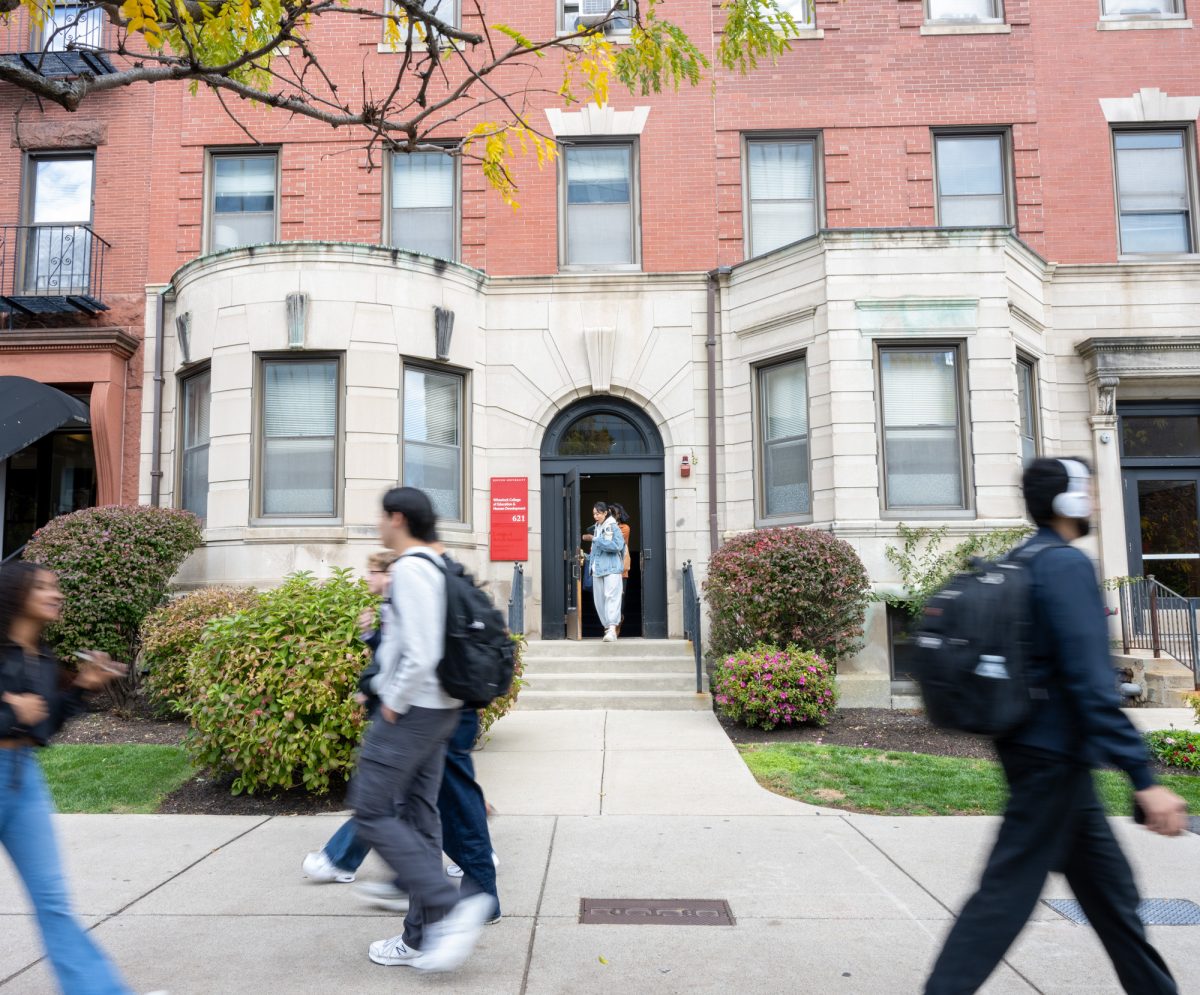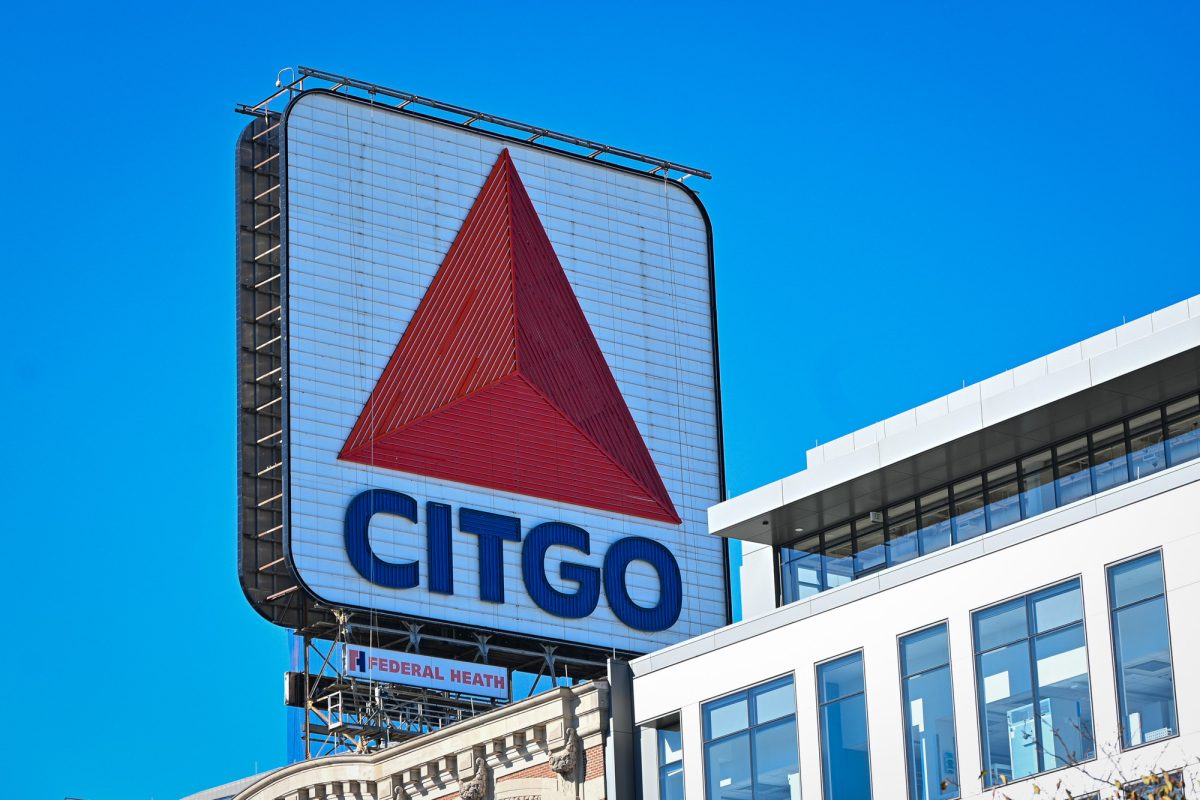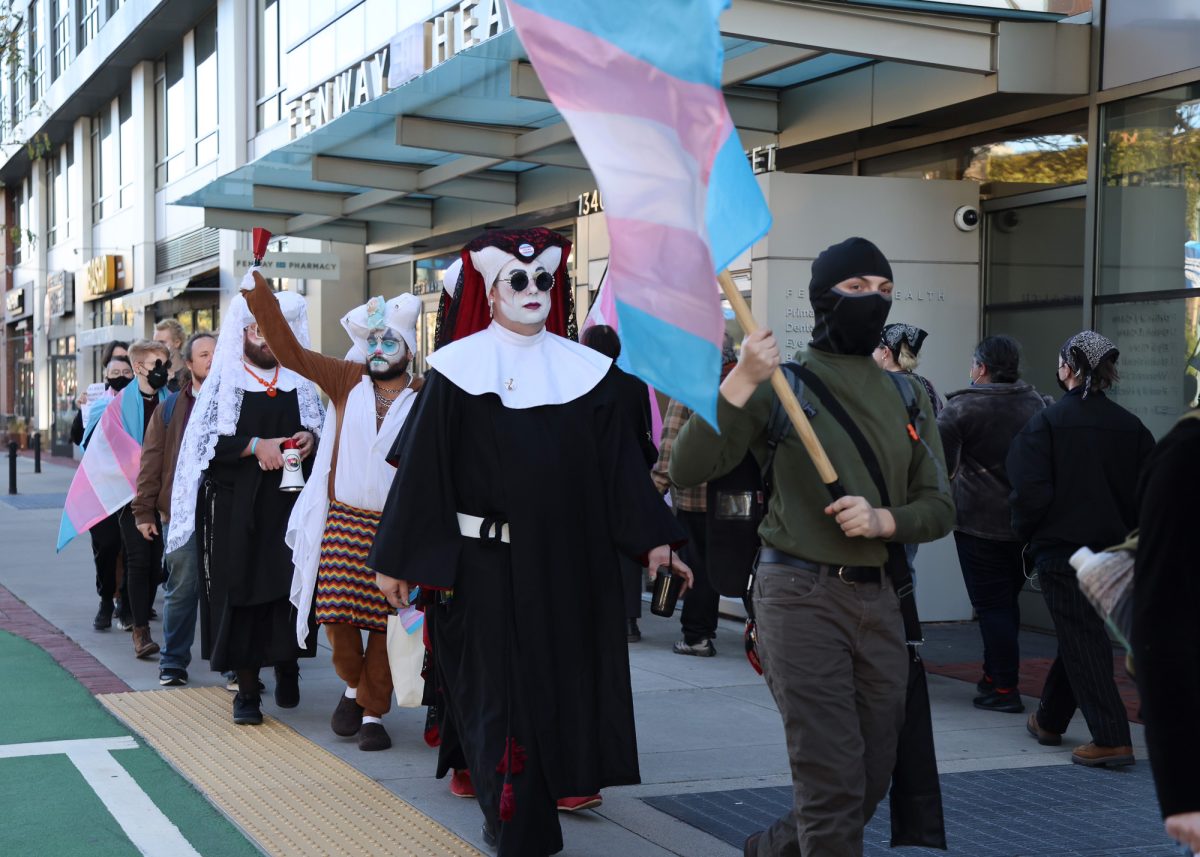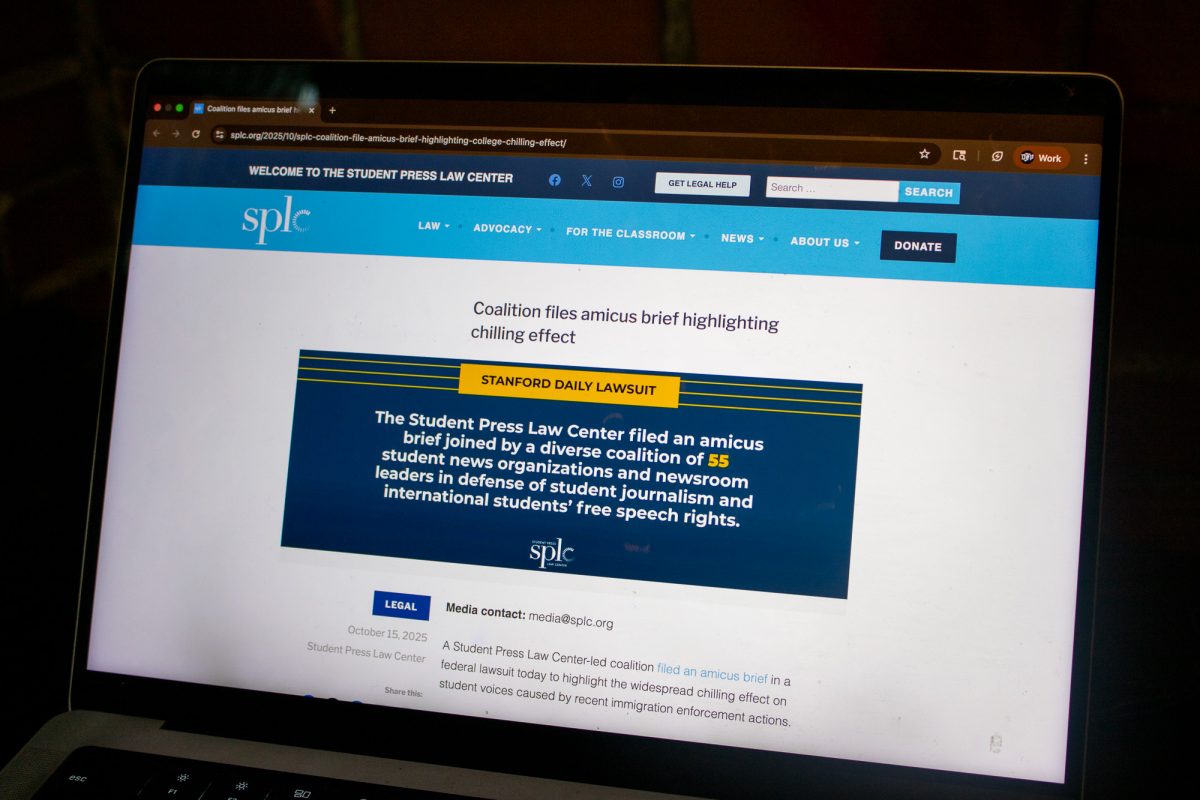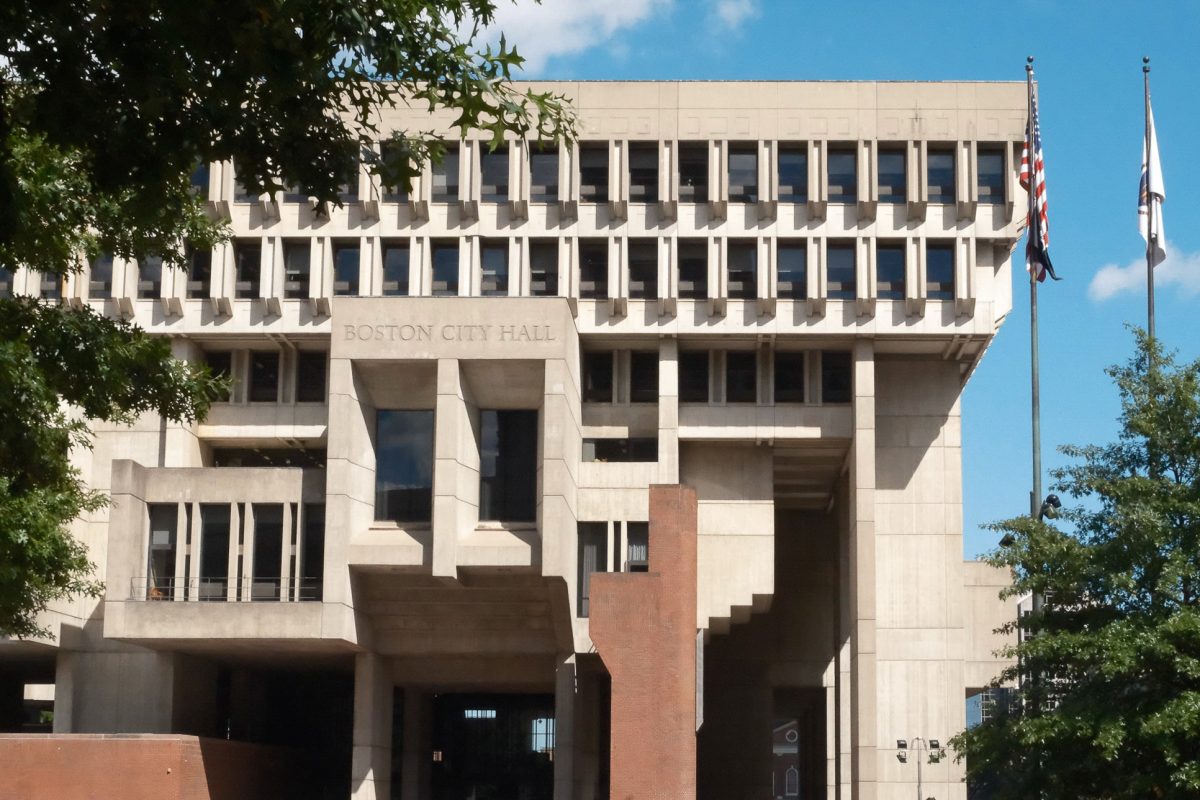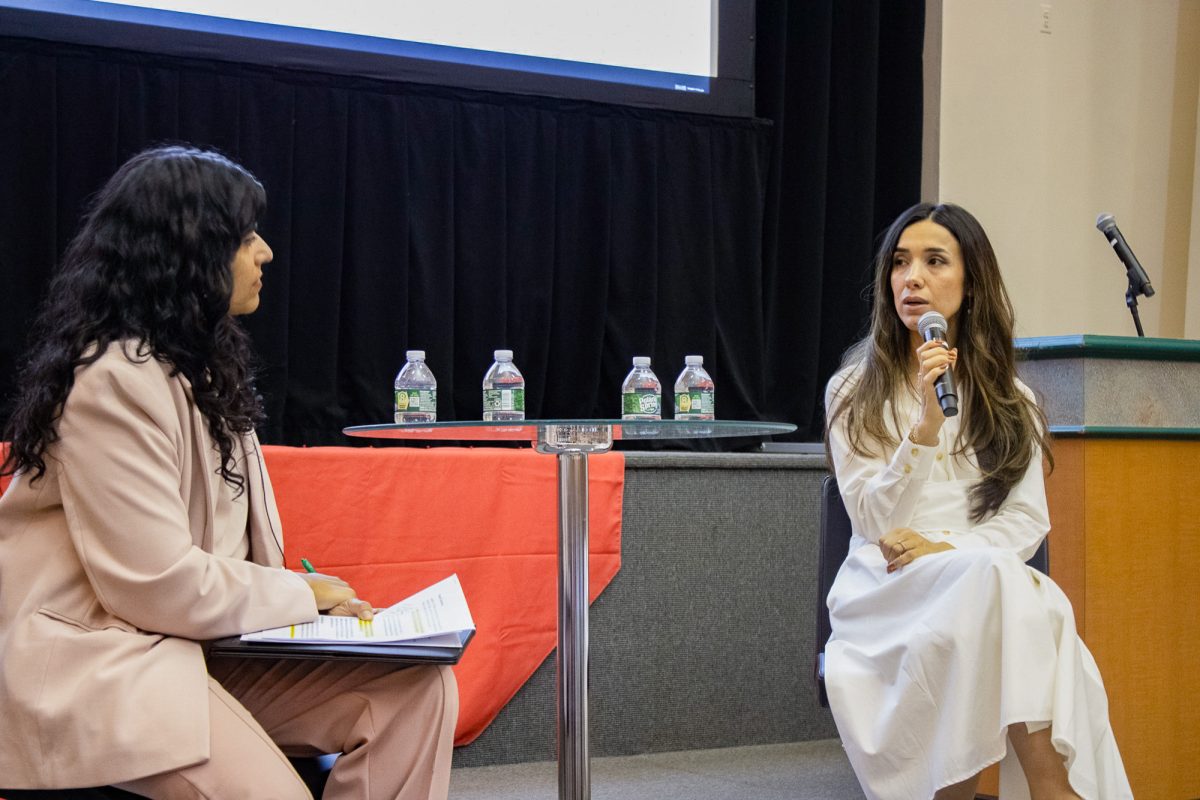Sheila Balboni, president of the Massachusetts Charter School Association, defended the proposal of nine charter schools in Massachusetts yesterday at the second and final Department of Education public hearing to discuss charter schools.
“I am convinced that these schools will become the quality schools that are similar to the ones already existing throughout the Commonwealth,” Balboni said at the hearing, held at the Boston Public Library.
Students from Boston charter schools taking the Massachusetts Comprehensive Assessment System exam scored an average of eight percent higher than students from public schools last year, she said.
“Charter school provoke measurable academic success,” Balboni said.
Balboni said charter schools give low-income parents another option for their child’s schooling if they are unhappy with the public school environment. Previously, charter schools had mostly been an option only for wealthier families.
Federal studies show the districts tend to be more self-examining as a result of charter schools, Balboni said.
Balboni said she applauds acting Gov. Jane Swift’s proposal to overhaul the bilingual education system in the state and to eliminate the “one size fits all” approach to teaching English.
“The proposal will allow people to come up with different approaches to teaching youngsters English,” she said.
Swift used Balboni’s charter school to offer an example of a school successfully retooling the state’s bilingual education system. At the charter school Balboni began in Lawrence, the faculty discovered the younger a child is when immersed in English, the faster the child will learn the new language.
Balboni said her school not only teaches Spanish, but it also provides other learning alternatives for students, such as placing workers in the classroom to help students who are not fluent in English.
Balboni said 11,000 children are currently on waiting lists among the 42 charter schools in the state. A public lottery decides which children on the waiting list are accepted into the school, she said.
To determine the cost of attending a charter school, the Department of Education comes up with a per pupil cost for every district and then multiplies the number of students, she said. There is no difference in the cost between a charter high school or a charter elementary school.
Balboni said she sees a positive relationship between the charter schools and public schools in the future.
“Both the public schools and the charter schools can learn from each other,” she said.
Balboni said her charter school and the district’s public school have collaborated on early learning programs. While she said the relationship between both schools is one based on respect and learning, this varies among states.
The nine charter school applications being weighed include one each in Springfield, Greenfield, Great Barrington and Worcester, as well as five in Boston.

